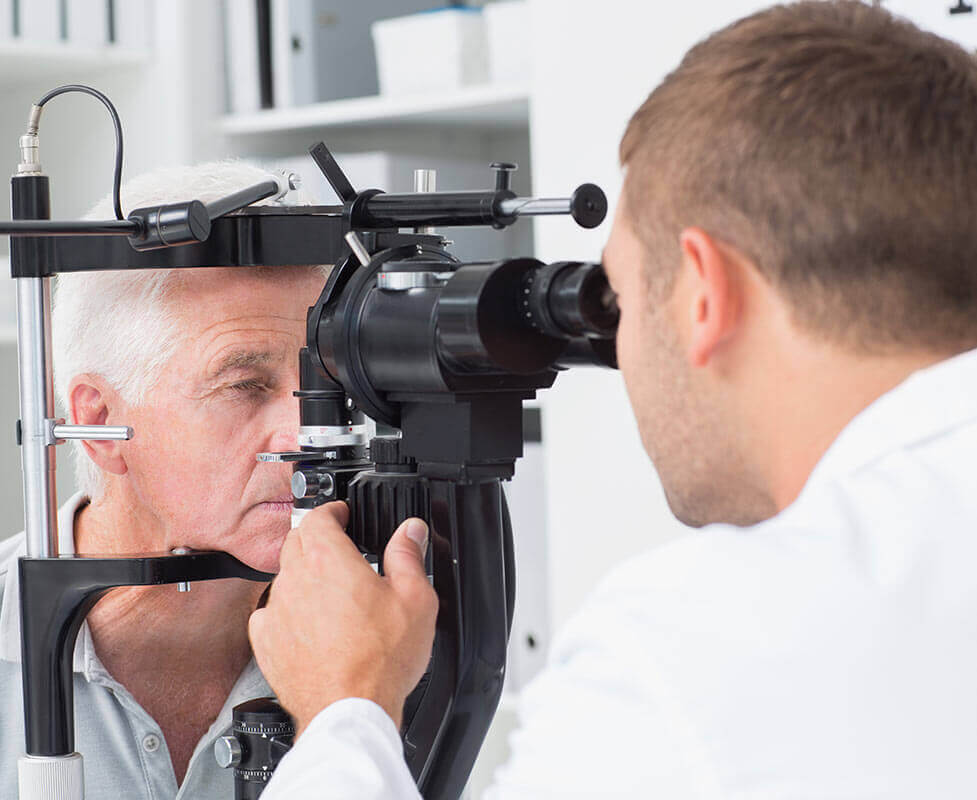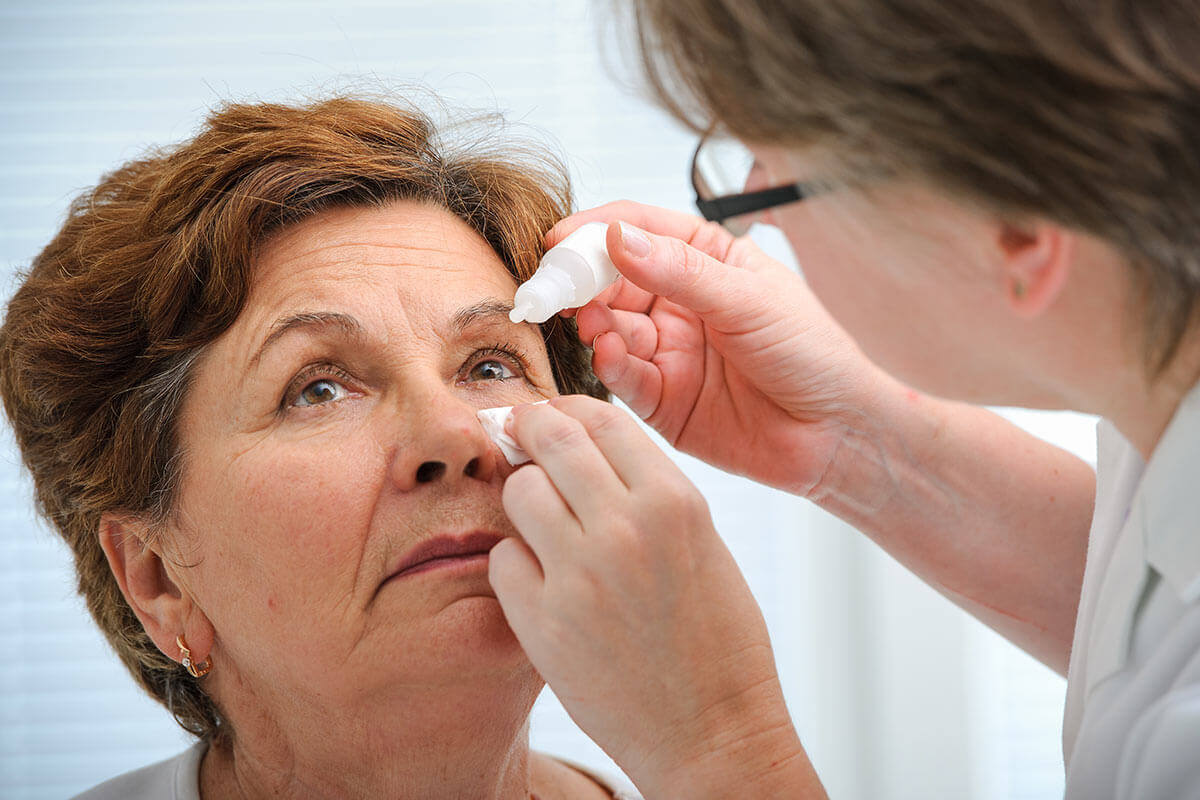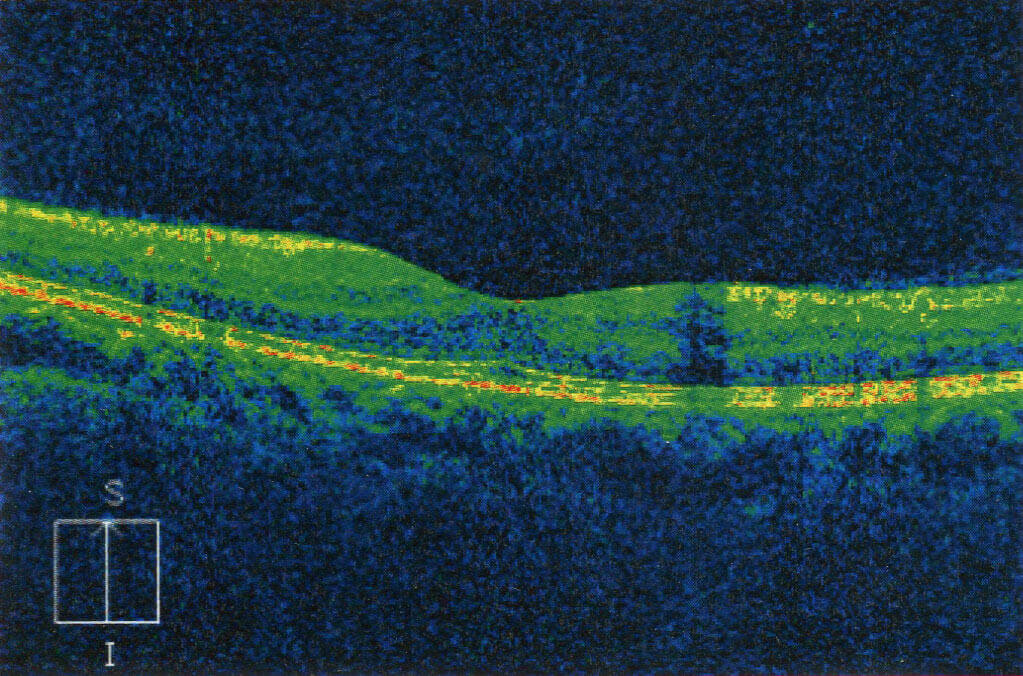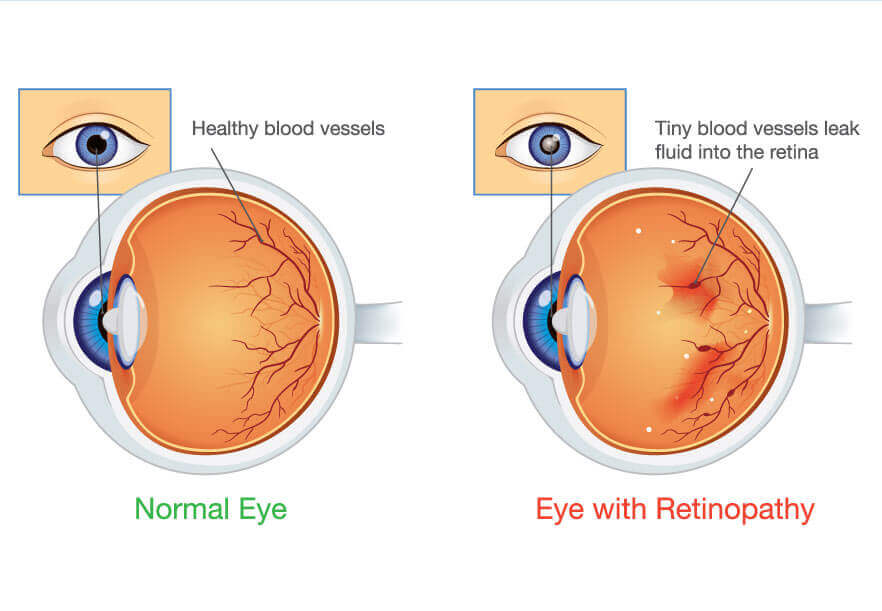
The Retina is a transparent, photoreceptives heath of cells lining the interior of your eyes. The retina consists of many nerve cells and is considered an extension of your brain. The two main cells of the Retina are Rods and Cones. The Rods are mostly responsible for vision in low light (“night vision”), black and white vision, and peripheral (side) vision. The Cones allow us to see sharp, central vision. They also give us the perception of color and clarity.
The Macula is a small area, only 5mm, near the center of your Retina. The Macula has the densest concentration of cone cells, they detect light and send signals to the brain, where it is converted to images. Diseases associated with the Macula can lead to central vision loss.

Macular Degeneration is a disease that is more common among older populations, that is why it is often referred to as Age-Related Macular Degeneration or ARMD. There are two types of ARMD, Dry and Wet. Dry ARMD is the most common and accounts for almost 90% of all cases. Wet ARMD is a more serious condition where blood vessels begin to leak under the retina causing some vision loss. The specialists at Shasta Eye Medial Group can help diagnose these conditions with several different tests.
Some of these tests are:

Dilated Exam to view the back of the eye. This will allow your doctor to identify if any drusen are present. Drusen are yellow deposits that form underneath the retina. They create a mottled appearance and are often a sign of macular degeneration.

An Amsler Grid is a simple test that can be done by patients in the office or at home to check for distortions in their central vision. This test can monitor changes or progression in visual defects.

Ocular Coherence Tomography (OCT) is a high tech, non-invasive retinal imaging camera that can capture detailed cross sections of the retina. It can look for any swelling, thickening, thinning, or other abnormalities within the Retina.
Though there is no cure for ARMD, there are several treatments that your doctor can recommend to slow the progression and help maintain your vision. Improvements in your diet, taking certain supplements, quitting smoking, and having routine eye exams are the best ways to limit your chances of vision loss from ARMD. Contact us today to schedule an exam to evaluate the health of your eyes.
Shasta Eye Medial Group specializes in the treatment of individuals affected by diabetic eye conditions. Diabetic Retinopathy is a condition that can develop in patients with uncontrolled diabetes. Over time, high levels of sugar in the blood can cause blockages to the blood vessels in the retina. This can lead to leakage of blood or growth of new, abnormal blood vessels that can cause several problems including vision loss. Diabetic Retinopathy can be caught early by routine eye exams and can be treated by changes in diet, lifestyle, and blood sugar testing. If you are diabetic and notice changes in your vision, it is highly recommended that you visit your eye doctor to evaluate your condition.
